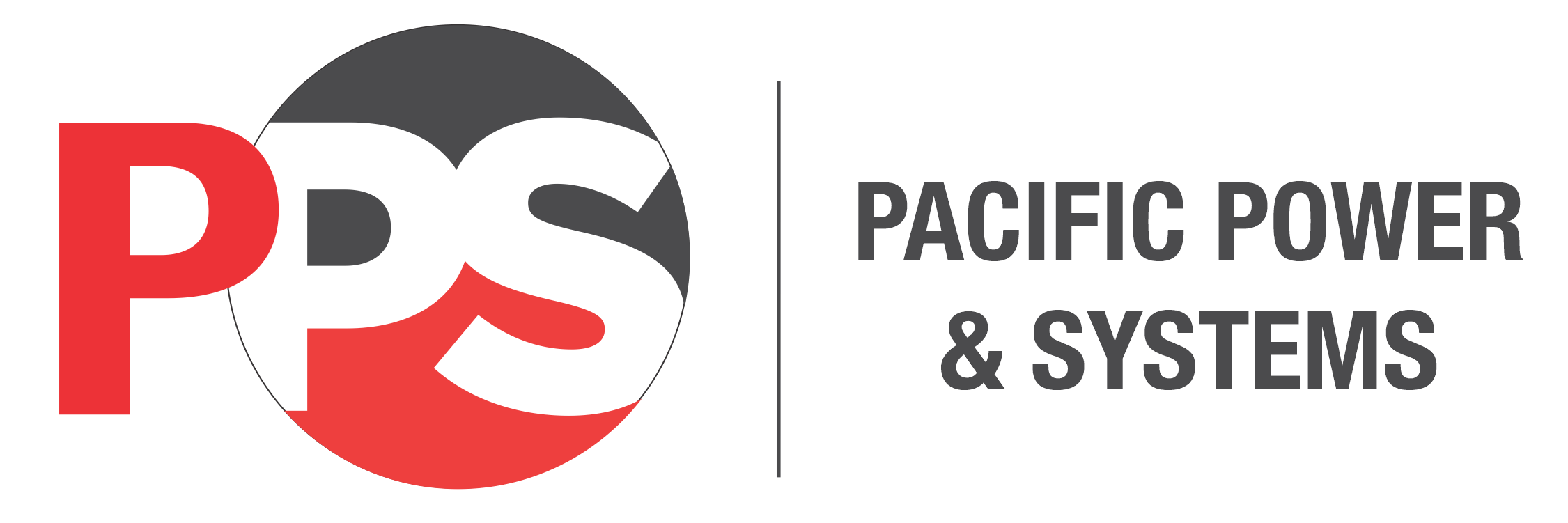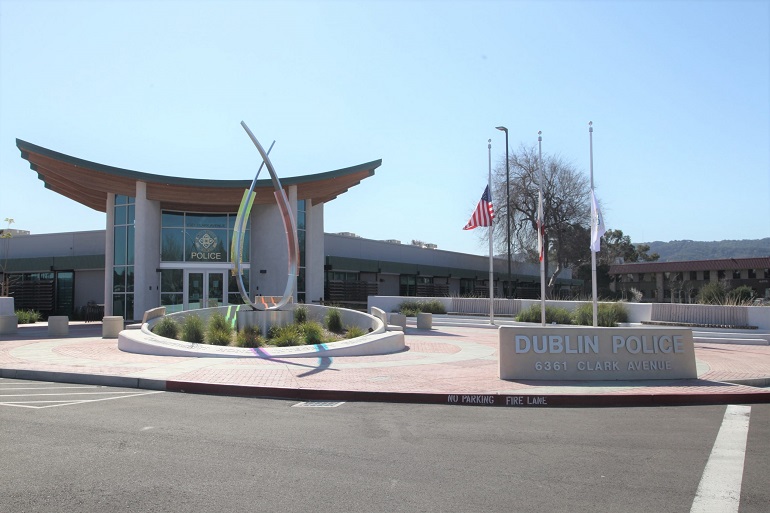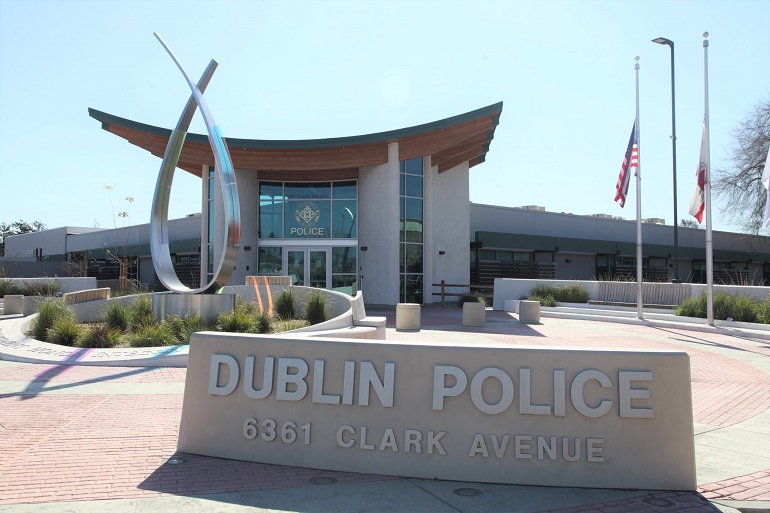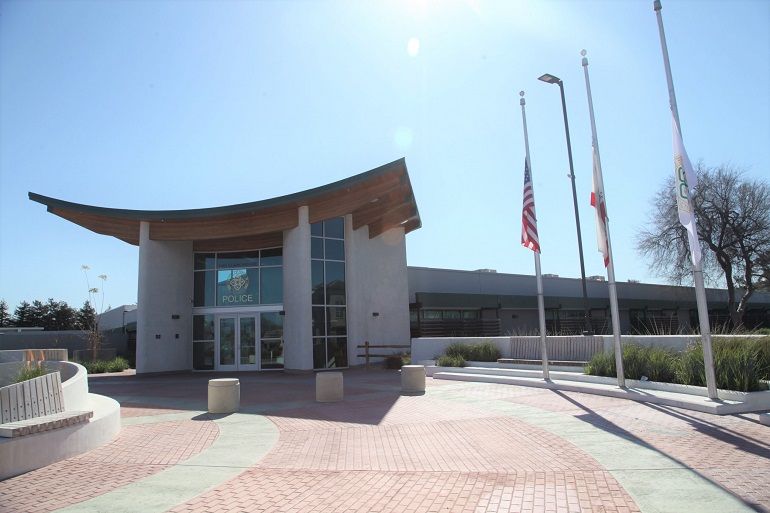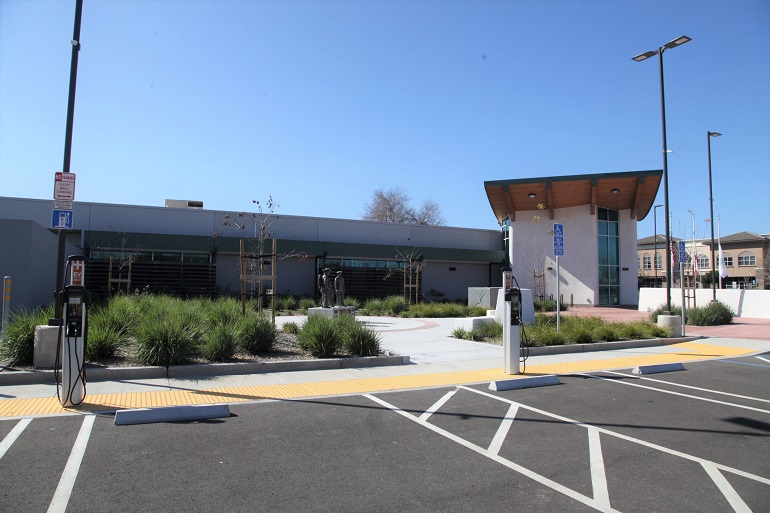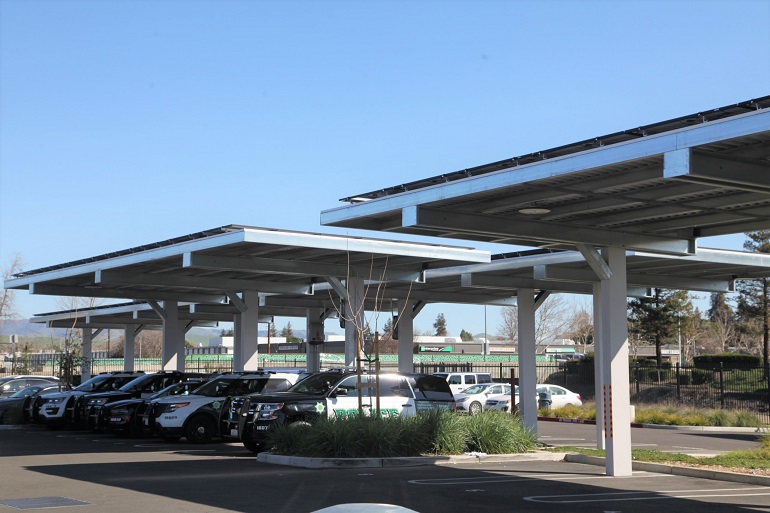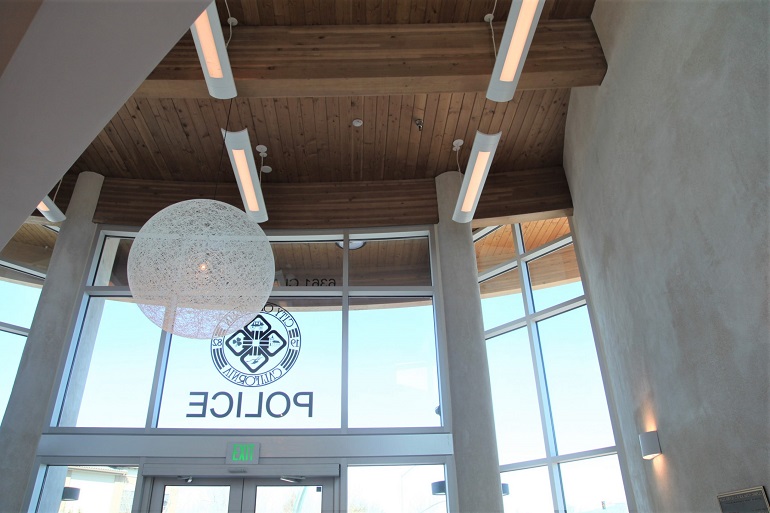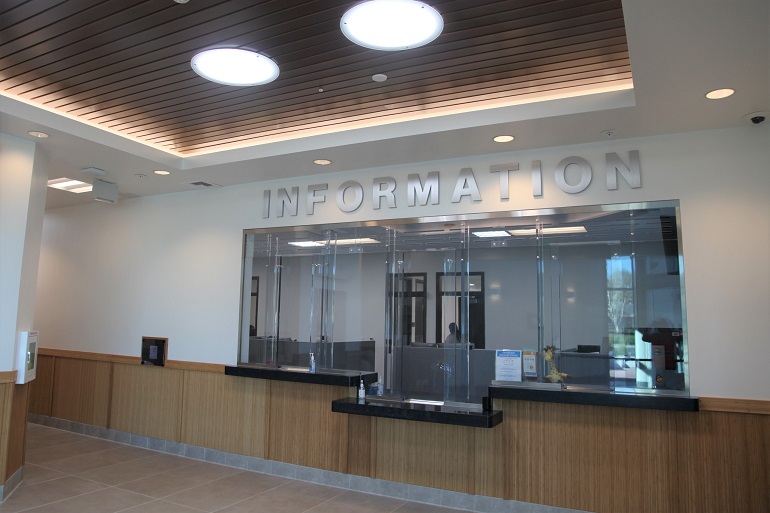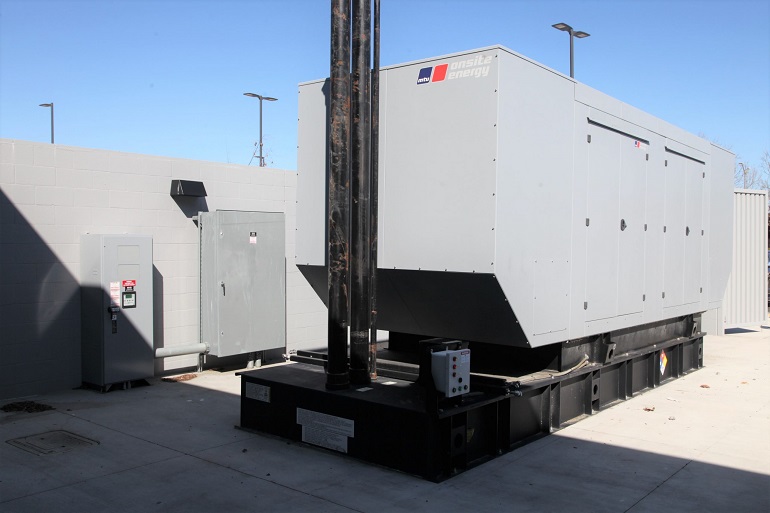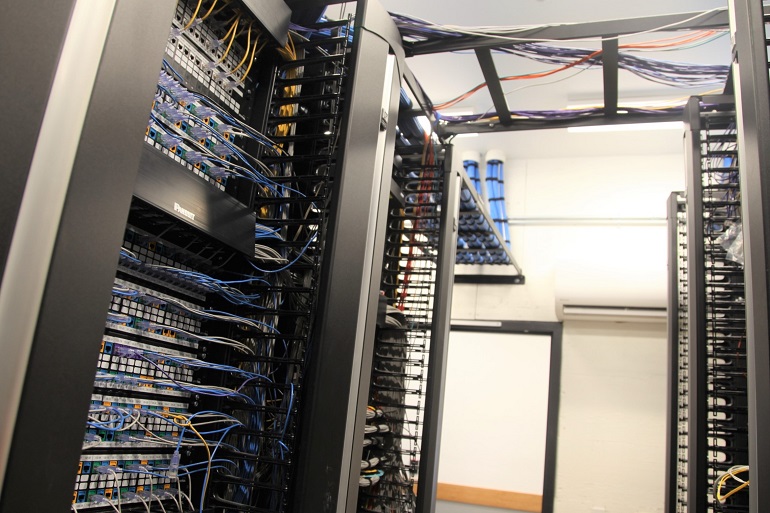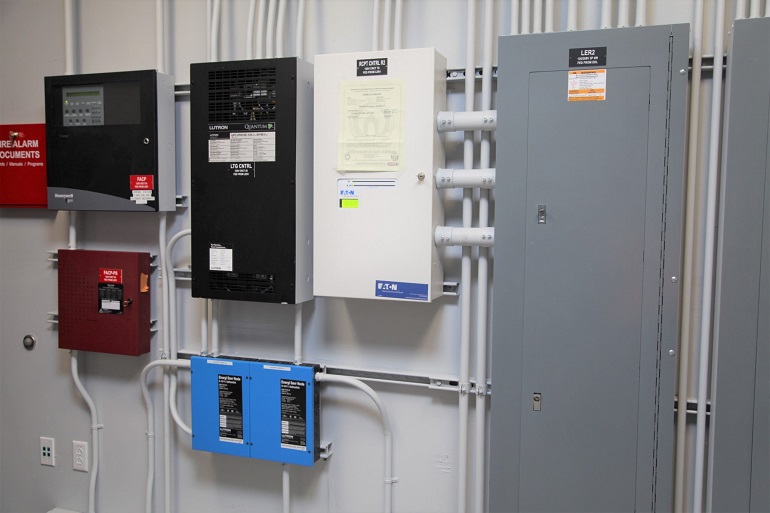- Client: Dublin Police Department
- Location: DUBLIN, CA
- Owner: CITY OF DUBLIN
- General Contractor: SAUSAL CORPORATION ( 17 MILLION OVERALL VALUE )
- ELECTRICAL & SYSTEMS CONTRATOR: PACIFIC POWER AND SYSTEMSPPS PROVIDED COMPLETE PACKAGE FOR SCOPE OF WORK FOR ELECTRICAL & SYSTEMS DIVISIONS 26-28 ( ELECTRICAL AND SYSTEMS VALUE FOR PROJECT 4 MILLION )2 YEAR PROJECT
- http://www.indigoarch.com/strawbale-leedplatinum-dublin-police-fire-public-safety-complex
- https://www.danvillesanramon.com/news/2020/03/01/dublin-celebrates-new-public-safety-complex
PROJECT DETAIL
PROJECT DESCRIPTION
This was a remodel of an existing of a 30,000 SF building. The existing building needed to be brought up to code. A new 24,000 SF addition was added at the entrance and includes new admin offices, a public lobby and information counter, EOC, new locker rooms, evidence storage and an armory. Resiliency was made a priority, with seismic and code upgrades and updates to the emergency power supply. This building targets LEED-Platinum and is certified to the highest-level of code requirements for civic buildings, including rigorous earthquake safety provisions ensuring that this building will be there to serve during emergencies. The 36,000 square-foot Police Services Building is being constructed at a cost of approximately $15 million and is expected to be complete by the end of this year. Indigo built the first straw bale public safety buildings in the United States for the City of Visalia in 2007 and is an expert in the design of sustainable, energy-efficient buildings.
Sustainable Strategies
When City of Dublin, CA officials planned for a new Police Services Building at the Public Safety Complex, they looked way beyond just conventional building approaches – their new building, features the use of sustainable, straw bale construction. This LEED-Gold energy-efficient building is under construction and when complete will not only be a beautiful addition to the civic architecture of Dublin, it will also contribute to the viability of California’s agricultural regions as well. This exciting project is a win-win for the City of Dublin and the environment. Indigo built the first strawbale public safety buildings in the United States for the City of Visalia in 2007 and is an expert in the design of sustainable, energy-efficient buildings.
LEED-Platinum Dublin Police & Fire Public Safety Complex
Location: Dublin, CA
California produces the largest medium and short grain rice crop in the United States, with most of its exports shipped to Asia. Rice straw left in the fields must be removed or composted before the next growing season. Approximately one million metric tons of straw are generated each year, with only 3-5% taken off-field for productive use. About 8% is burned, and the remaining 90% is kept in-field to be decomposed via tillage and winter flooding. While the resulting wetland habitat is now critical waterbird habitat for the Pacific Flyway, this decomposition method is the most expensive approach, so increasing off-field consumption is economically useful. Once baled and removed from the field, straw makes an excellent and highly-sustainable building material, reducing reliance on the import of manufactured materials, helping create energy-saving buildings, and reducing the release of greenhouse gas to the atmosphere. It is the perfect use for this renewable, agricultural waste product.
The main benefits of building with straw bale is the increased thermal insulation and mass of exterior walls in buildings resulting in long-term energy savings. Acoustical performance is also enhanced with thick, strong, and durable straw bale walls whose rustic plaster finish results in a pleasing look, reminiscent of “adobe” buildings and an aesthetically marketable building product. Walls built in this way are also highly fire-resistant.
